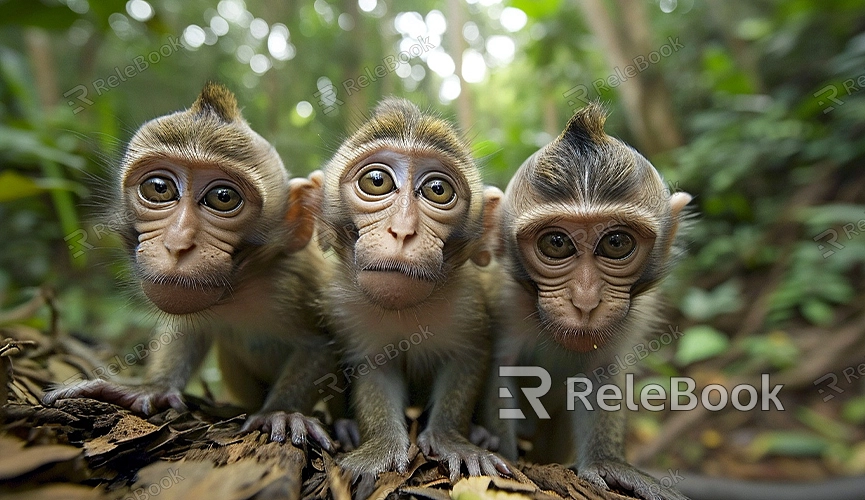How to Animate 3D Models in Blender
Animating 3D models – how is it done? Blender, as a robust and versatile 3D design software, not only allows us to freely create and render 3D models but also brings them to life, transforming static 3D models or virtual scenes into dynamic effects. Today, let's explore how to add lively animation effects to 3D models in Blender.

Step-by-step Tutorial:
1. Open Blender Software
Launch Blender, click on "File," choose "New" to create a new project. Ensure your model is ready, or you can use basic geometries provided by Blender.
2. Import or Create 3D Model
You can import existing 3D model files or use Blender's modeling tools to create your own. Ensure the model aligns with the desired animation effects.
3. Set Keyframes
Switch to the "Animation" tab, define the model's state changes over time by setting keyframes at different points. This forms the foundation of the animation.
4. Adjust Animation Curves
Use the Graph Editor to fine-tune transitions between keyframes, ensuring smooth and natural animation. This step determines the motion trajectory and speed of the animation.
5. Add Bones and Controllers
For models requiring more complex actions, add bones and controllers for finer control through skeletal animation.
6. Apply Materials and Lighting
Add appropriate materials to the model's surface, configure lighting to enhance the visual effects of the animation, making it more dynamic.
7. Set Scene and Background
Introduce suitable scenes and backgrounds to the animation, providing a layered presentation for a more immersive experience.
8. Render and Output Animation
Click the "Render" button to generate the final animation and select the output format. This is a crucial step for sharing your creation with others.
Examples of 3D Animated Models in Blender Scenes:
1. Running Wolf Model
Create a 3D model of a running wolf, showcasing a vivid scene of it sprinting through the forest with lifelike fur.
2. Flying Spaceship
Animate a spaceship model, allowing it to soar through the universe. Realistic flames and lighting effects make the spaceship dynamic and engaging.
3. Dancing Robot
Design a robot model and use bone structures and keyframes to present graceful dance movements, revealing a humanoid aspect.
4. Plant Growth Process
Depict the growth process of a plant from a seedling to maturity using keyframe animation, showcasing the vitality of nature.
5. Car Drifting Scene
Design an animation of a car drifting through city streets, presenting an exhilarating racing scene with dynamic lighting and intricate details.
6. Jumping Dinosaur
Add a jumping animation to a dinosaur model, presenting realistic joint movements and detailed scale textures for an authentic prehistoric scene.
7. Sailboat with Rippling Waters
Simulate a sailboat gently rocking on the sea surface, conveying tranquility and comfort through realistic lighting and water ripple effects.
8. Fluttering Flag
Create an animated flag or banner, showcasing flowing details through animation for a more vibrant and lively scene.
Through these showcased examples, we can understand how to add lively animation effects to 3D models in Blender. Each scene, with its clever settings and realistic effects, highlights the charm and diversity of animation. If you need high-quality 3D textures, HDRI, or 3D model downloads, you can find them on Relebook. After downloading, simply import the textures and 3D models into your project for immediate use.

